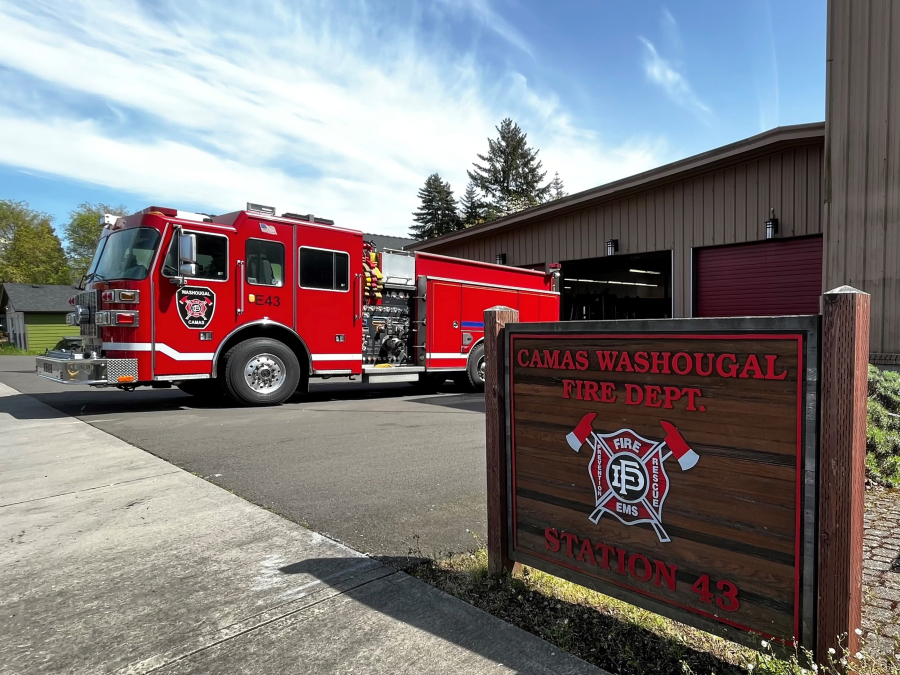Camas city officials will soon grapple with how to fund several “critical needs” in its fire and public works departments.
Camas interim city administrator Jeff Swanson presented the staffing and facility needs to Camas City Council members last week during a council planning session on Friday, April 29.
“The ones you are hearing about today, I would classify them as pretty critical needs in terms of the degree to which we are understaffed and maintaining service levels,” Swanson told the council members Friday.
Among the city’s most pressing needs is adding 18 people to the Camas-Washougal Fire Department – three administrators, including a new fire chief, 12 firefighters to ensure the department is running three-person fire engine crews and three firefighters to help fill in the gaps caused by staff members who are out on short- and long-term disability or military leave – and replacing aging fire stations and CWFD emergency vehicles.
Swanson noted Friday that all other fire departments in the region are operating the industry standard three-person fire crews while CWFD and East County Fire and Rescue, which covers Camas-Washougal’s northern, more rural areas, are still running two-person engine crews.





